The Scientific Research & Experimental Development (SR&ED) Tax Credit is a Federal tax incentive administered by the Canada Revenue Agency (CRA). Its purpose is to encourage Canadian businesses of all sizes and in all sectors to conduct research and development in Canada.
Funding is provided as a tax credit to reduce income tax payable. In some instances, SR&ED tax credit rates may be fully or partially refundable, resulting in a cash reimbursement.
Below are the various provincial rates that Canadian Controlled Private Corporations (CCPC) as well as non-CCPC entities can get on every $100 spent on eligible R&D expenditures:
Alberta – $36 to 64$
Atlantic Provinces – $43 to $69
British Columbia – $36 to $64
Manitoba – $45 to $69
Ontario – $28 to $66
Quebec – $26 to $64
Saskatchewan – $36 to $64
Yukon – $43 to $69
Contact Pinnacle for a no obligation assessment of your SR&ED eligibility and expenditures.
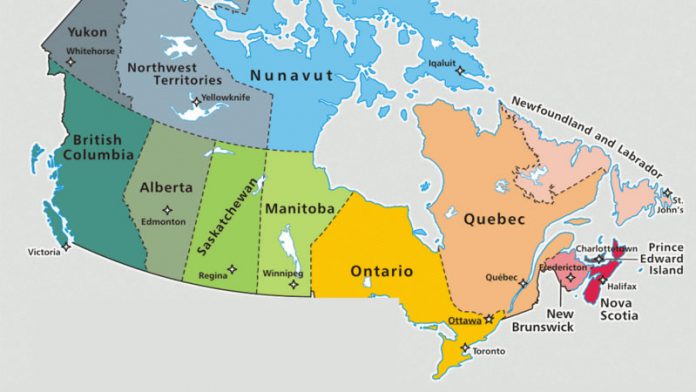



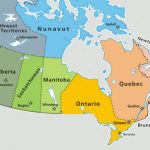

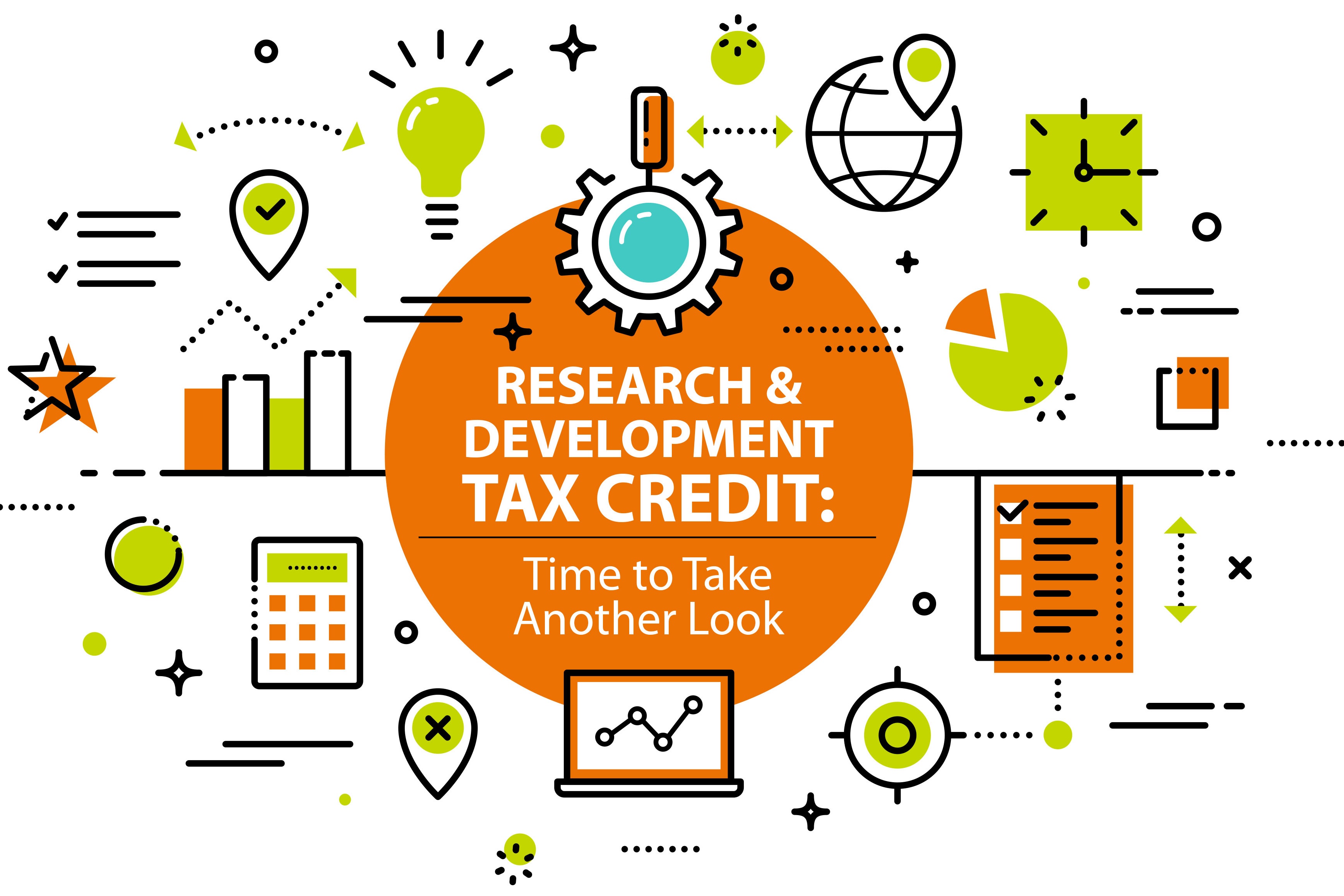


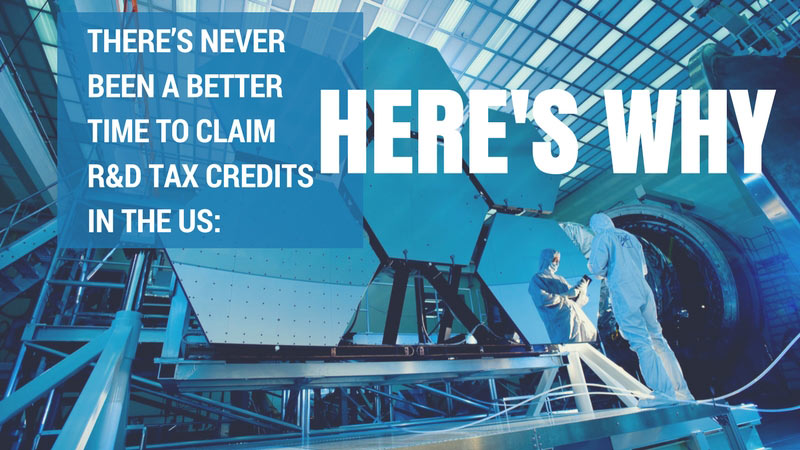

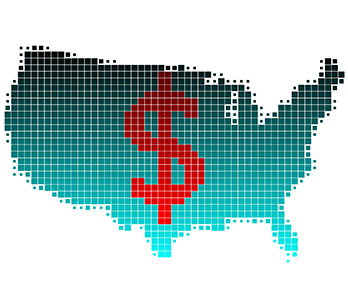



Share This Article
Choose Your Platform: Facebook Twitter Google Plus